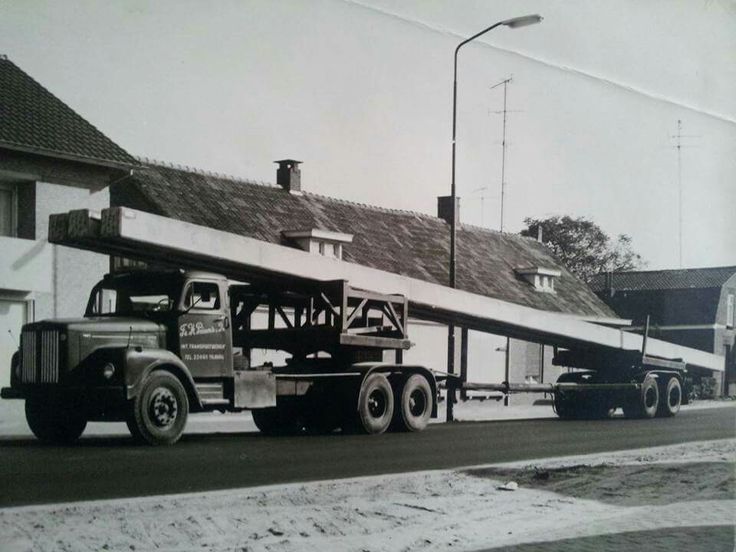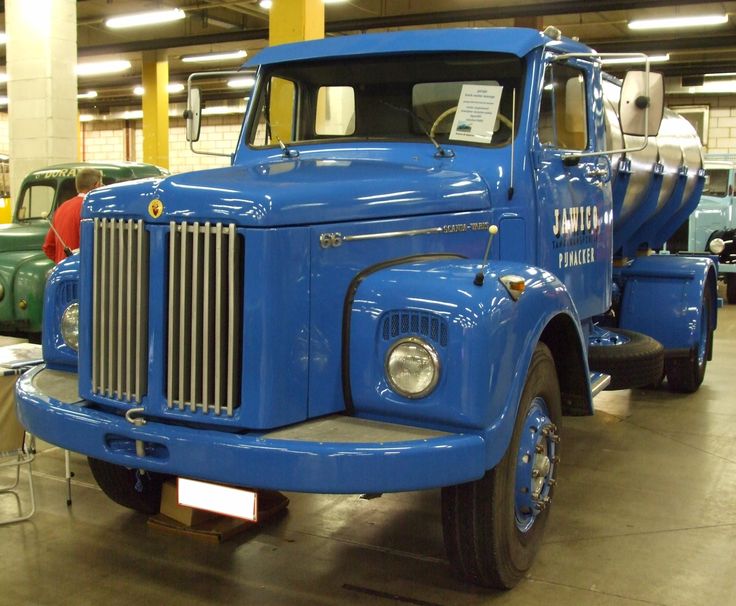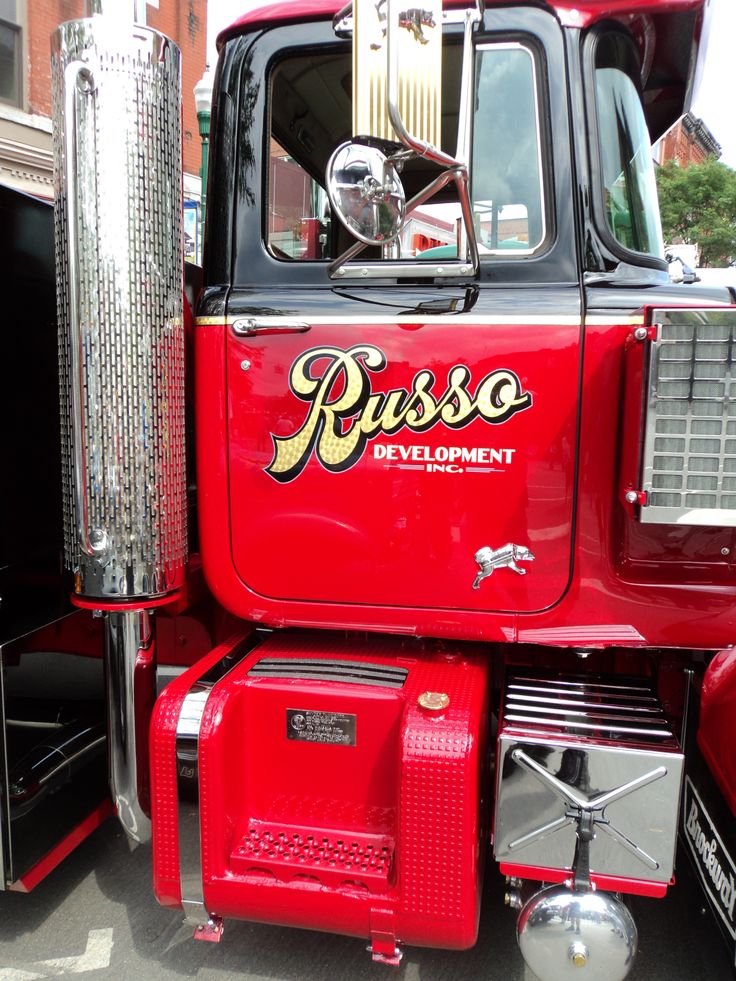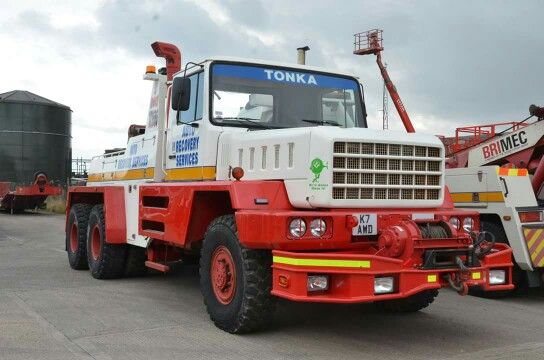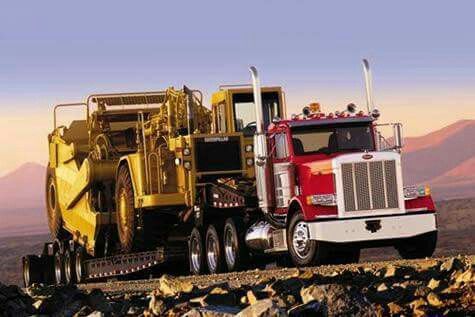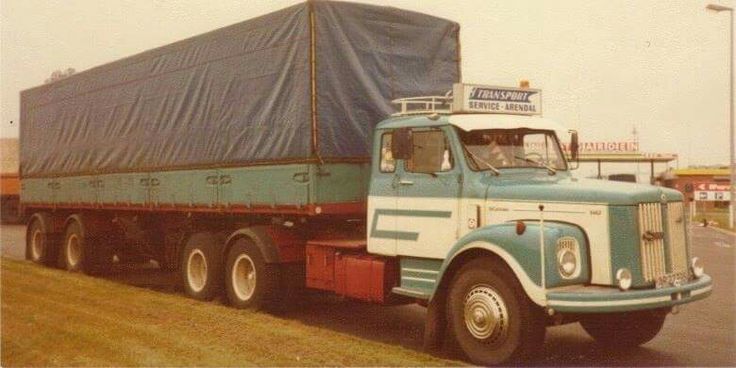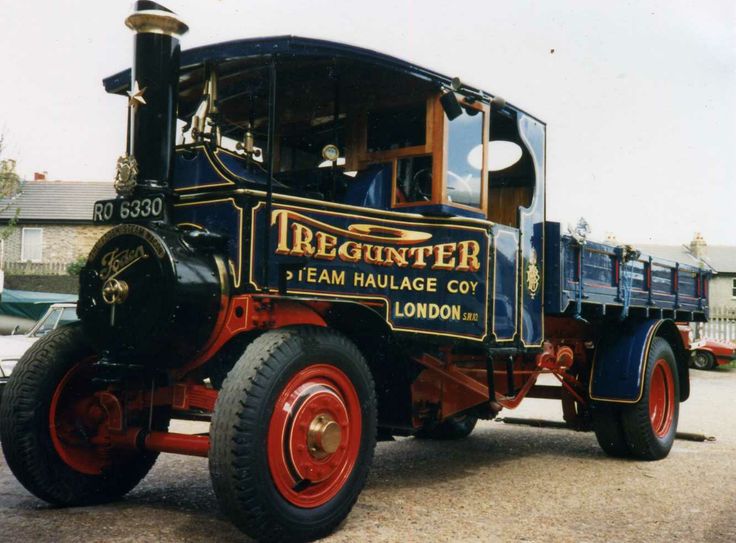Trucks
Trucks have undergone substantial changes and modifications since their earliest days. The very term embraces a large scope of vehicles, because a great number of designs have been figured out for different types of trucks and consequently different weight classes exist. Most of trucks are equipped with towing device and supposed to perform commercial, engineering or building tasks. Cranes and vacuum tanks of various types and sizes can be mounted on trucks. Trucks classification depends mainly on country's laws, which stand for clear identification of different categories. European legislation provides for three main driving categories:
- light commercial vehicles weighing no more than 3.500 kg with a maximum mass of trailer 750 kg (the Ford Transit and Peugeot Boxer).
- C1 and C1E category: for trucks weighing 7.500 kg towing a trailer not exceeding 12.000 kg
- large goods vehicles license: for operating heavy trucks with maximum gross weight more than 7.500 kg and a large trailer weighing more than 12.000 kg.
In the US all trucks are divided into three categories incorporating a total of eight classes: light duty, medium duty and heavy duty trucks. Light duty category includes small (mini) and light trucks which in its turn comprise mid-size, full-size, compact SUVs, minivans and pickup trucks – Toyota Tundra, Ford Ranger FX 4 and Dodge Ram 2500. Mini trucks, kei class trucks or small commercial vehicles are mainly manufactured by Asian automakers such as Tata, Suzuki, Toyota, Daihatsu and Piaggio for intra-city cargo deliveries. Medium duty trucks range from 7 258 – 11 793 kg. This category includes the GMC 3500, Ford F350 SD, Chevrolet C4500 and International 4300. Heavy duty trucks include any vehicle which weight exceeds 11 793 kg (class 7) or 14 969 kg (Class 8). Most semi-trailer trucks, such as American eighteen-wheelers (Peterbuilt, Freightliner, International and Kenworth) or European makes (Scania, Volvo, DAF or Mercedes) towing a huge freight fall into this category.
Almost all known heavy duty vehicles are diesel-powered. Medium and light duty trucks are not an exception and can be fitted with petrol or diesel engines, as well as hybrid ones.
In general there are two body styles available for modern trucks: “Cab over engine” or simply “cab over”, also known as flat nose or sometimes called “tilt cab” represents a construction where the engine and the front axle are situated under the driver seat. The engine can be reached by lifting the cab upwards. However, several disadvantages are known in connection with this type of cabs: reduced aerodynamics, safety concerns due to the absence of adequate deformation zone and possible excessive noise. Volvo FH Series, DAF CF, XF, LF Series and Scania-R Series have cab over engine designs and are successfully sold all over the world. A considerable number of minivans feature a flat nose construction: Toyota TownAce and Hiace passenger vans and Kia Pregio.
In contrast with cabovers, conventional or sleepover cabins have the engine installed in front of driver. They provide improved safety and streamline geometry but can be space-wasting due to extended body length.
